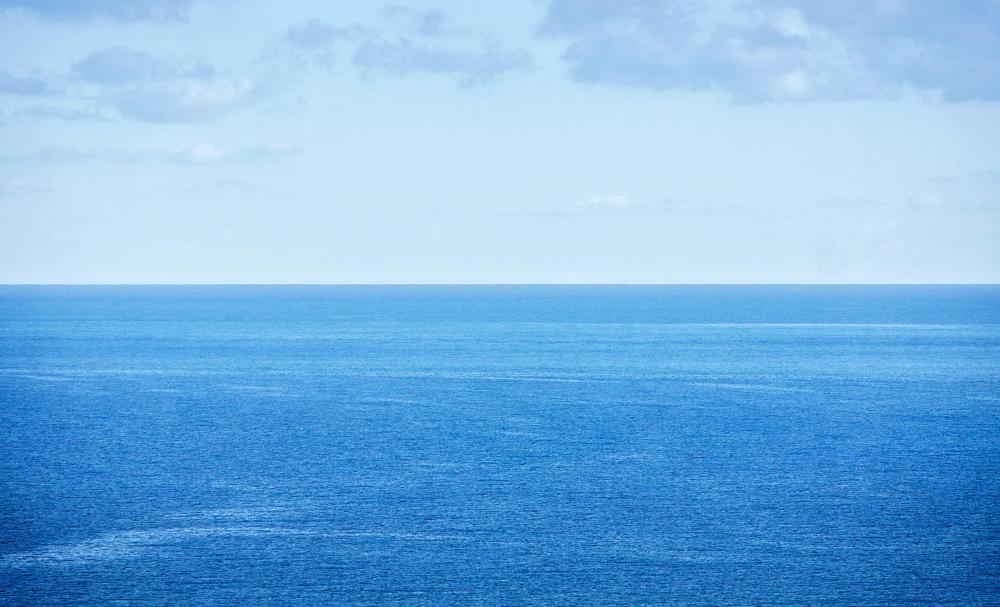At AllThingsNature, we're committed to delivering accurate, trustworthy information. Our expert-authored content is rigorously fact-checked and sourced from credible authorities. Discover how we uphold the highest standards in providing you with reliable knowledge.
What is a Trevally?
Trevally, also known as jacks or king fish, are fish of the genus Caranx. There are more than a dozen species of this type of fish, found in several oceans throughout the world. Trevally are an ancient fish; some early fossils of the genus date back more than 30 million years.
Usually, Caranx species inhabit tropical and subtropical marine locations, though they are found both near shore and farther out at sea. Species are quite common throughout the Indian and Pacific Oceans. According to some sustainable fishing organizations, trevally are vigorous reproducers who maintain excellent population numbers even in well-fished areas. However, some experts warn against eating species of this genus, as they are frequently found to contain ciguatera toxins, which can be harmful to humans.

Trevally vary in color from bright yellow to silver-blue to almost black. Some species are notably long lived, surviving over 40 years in the wild. They can adapt to many different environments in their native oceans; some prefer reef and coastal inlet habitats, while some larger species are more amenable to open ocean. Almost all species of king fish are voracious predators, known to eat smaller fish and crustaceans. They also serve as a prey fish for larger ocean animals, such as sharks.
Golden trevally, notable for their flashing yellow color with dark brown or black stripes, are often mistakenly sold to aquarium enthusiasts as juveniles. Unfortunately, these creatures grow quite large by maturity, fast outgrowing typical home aquarium tanks. When adults, they lose most of their tropical coloration, becoming silver with darker stripes. Dwelling near the surface, wild fish of the species will tag along with larger predators, like sharks, groupers, or even divers, hoping to scavenge a meal.
Possibly the best known fish of this genus is the giant trevally. The largest species of the genus, this fish reaches formidable proportions and serves as a major predator to reefs and shallow inlets. Coloration is typically silver with black dots, but some specimens can be nearly black in color. These fish also have a built-in defense system; a row of sharp, flat plates along their back known as scutes. If a predator attempts to chomp a giant trevally, it may be deterred if it tries to grab the fish by the scutes, which can cause severe cuts.
Large species of jacks, such as the giant trevally, are commonly sought as a game fish. Despite their reputation as a bad fish for eating, the fish are hunted for trophies and sport. These fish can grow very large; some famous trophy catches weigh more than 140 lbs (63.5 kg). Most sport fishing for trevally occurs in Australia, Asia, and the Hawaiian islands.
Frequently Asked Questions
What is a Trevally?
A Trevally is a type of large marine fish belonging to the Carangidae family, which includes jacks and pompanos. These fish are known for their elongated bodies, strong swimming abilities, and tendency to form schools. They inhabit tropical and subtropical waters and are popular targets for sport fishing due to their fighting prowess.
Where can you find Trevally?
Trevally species are commonly found in the warm coastal waters of the Indo-Pacific region, but their range extends throughout tropical and subtropical oceans worldwide. They frequent coral reefs, lagoons, and sometimes venture into estuaries, showcasing their adaptability to different marine environments.
What do Trevally eat?
Trevally are carnivorous predators that feed on a variety of prey, including fish, crustaceans, and cephalopods. Their diet varies with age and habitat, but they are known for their aggressive hunting tactics, often chasing down prey in coordinated packs or using bursts of speed to ambush unsuspecting victims.
How big can Trevally get?
The size of Trevally can vary significantly among species. The Giant Trevally, for instance, is the largest and can grow up to 170 cm in length and weigh as much as 80 kg. Other species are generally smaller, but many Trevally are still considered sizable fish, capable of putting up a strong fight when hooked.
Are Trevally good to eat?
Yes, Trevally are considered good to eat, with a firm texture and moderate flavor that makes them suitable for a variety of cooking methods. However, the taste can vary between species and some may have a stronger, more pronounced flavor. They are a popular catch for both commercial and recreational fisheries.
What is the conservation status of Trevally?
The conservation status of Trevally species varies. While many are not currently at risk, overfishing and habitat destruction pose threats to certain populations. Sustainable fishing practices and marine protected areas are crucial for maintaining healthy Trevally stocks. Organizations like the International Union for Conservation of Nature (IUCN) monitor these species to ensure their long-term survival.
AS FEATURED ON:
AS FEATURED ON:











Discuss this Article
Post your comments